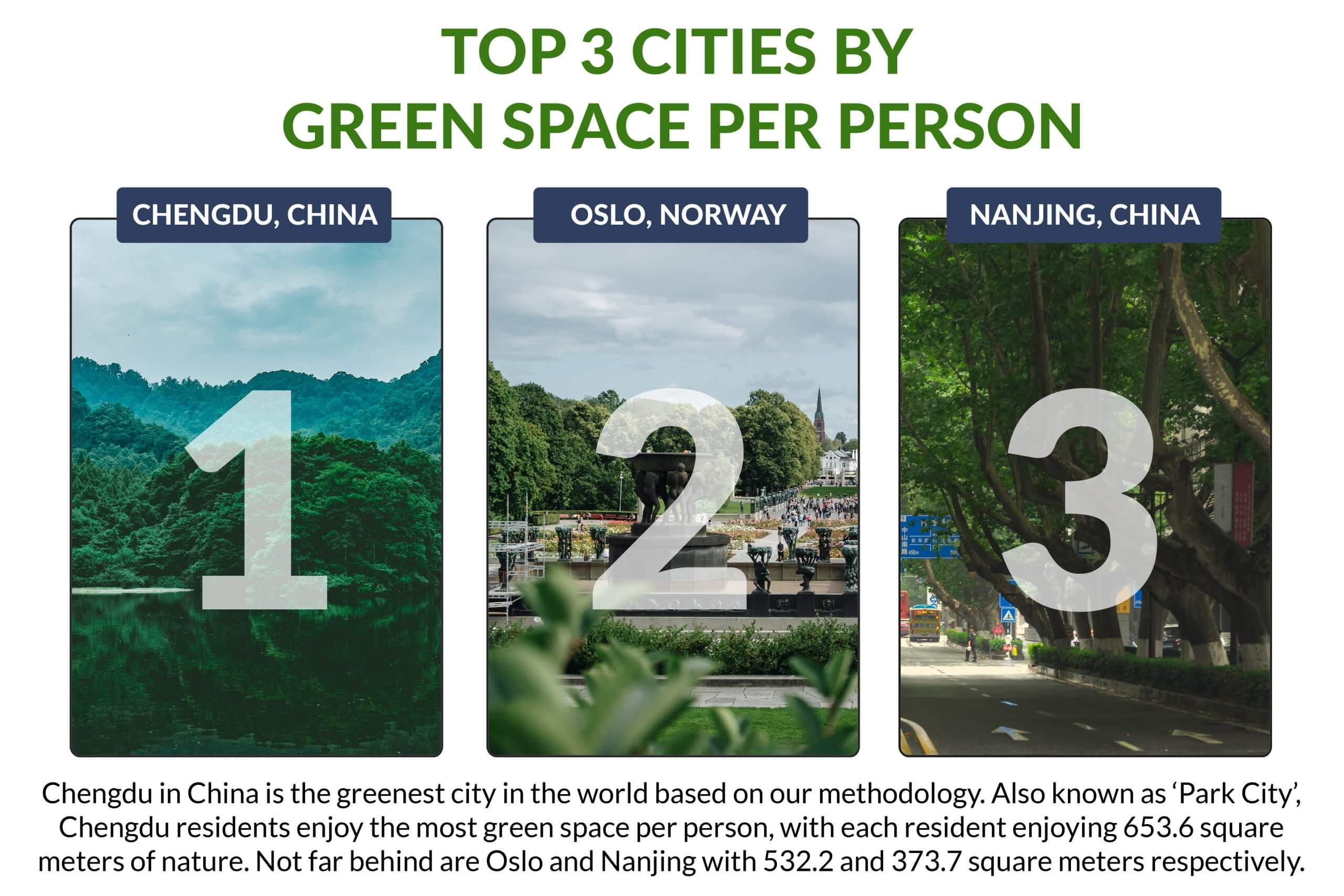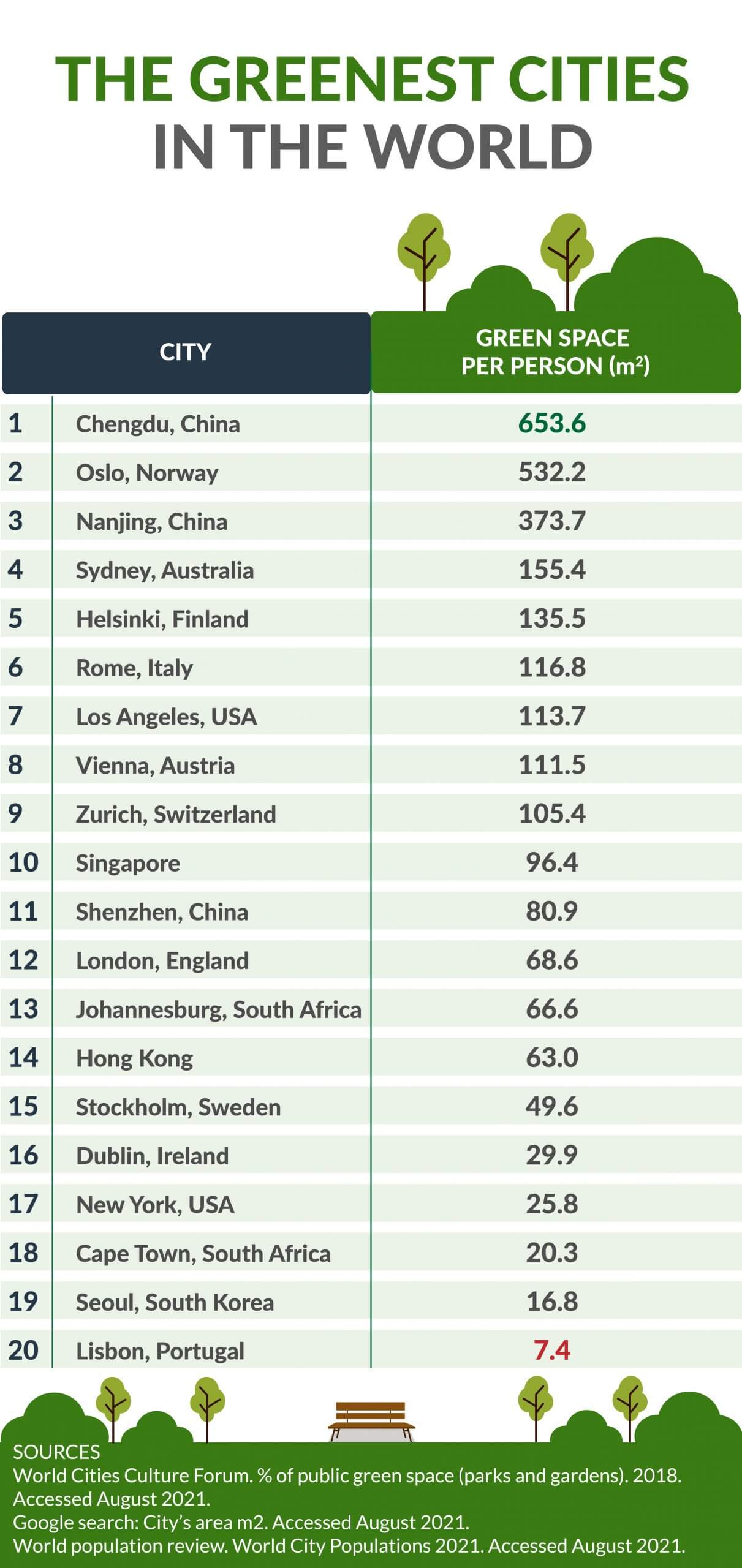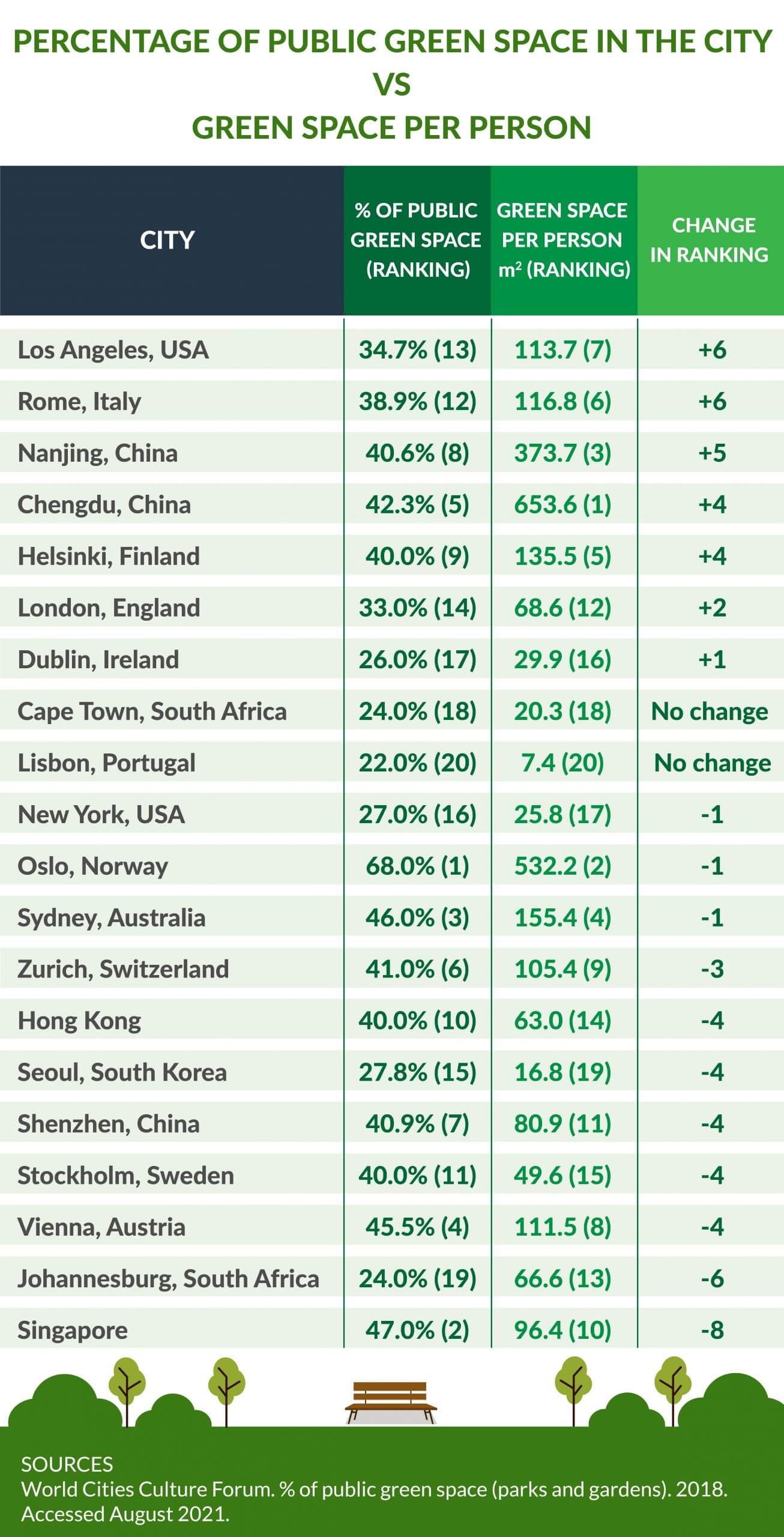The Burrow

We all know that trees improve air quality, but did you know that green space can also improve your mental health?
According to author and psychology consultant Dr Jo Lukins, exposure to nature or green space has numerous positive physical and mental health benefits, including lower rates of heart disease, stroke, depression, stress, and general improved wellbeing.
If you’re feeling trapped in your metropolitan setting, Dr Lukins offers the following advice:
“Visit and create green spaces, go to a local park or build a vertical garden. You should also lobby local politicians to create more green spaces in your area.”
In a study ranging from 1985 to 2013, Danish researchers found that childhood exposure to green spaces like parks, forests and rural lands reduces the risk of developing an array of psychiatric disorders during adolescence and adulthood.1 The scientists found that citizens who grew up with the least green space nearby had as much as a 55% increased risk of developing psychiatric disorders such as depression, anxiety, and substance abuse in later years.
So, what can you do to maintain positive mental health if you’re in an area with limited greenery? For one, you could attend regular mental health appointments, where a professional can help equip you with the right tools to maintain good mind habits.
For such appointments, health insurance can be useful. For example, certain extras cover policies partially cover psychology, up to the relevant sub-limit, which can help someone cover the costs of accessing care. Regardless of what kind of support you are looking for, it’s best to compare your options to look for a policy that suits your needs.
Now, knowing the benefits of green space for a healthy mind and how health insurance can support that, have you ever wondered how much green space you’re afforded in your city?
Well, the health experts at Compare the Market have identified the greenest cities in the world and discovered which cities boast the largest area of green space per person. Read on to discover what we found.
Methodology
Here’s how we calculated the greenest cities in the world. First, we identified the top 20 cities in the world by the largest percentage of city area which is public green space, based on the latest available data. We then used these figures, combined with the city’s area (m2) and population, to determine green space per capita.
‘Green space’ includes parks and gardens.


Here’s how the green space per person equivalent of the top and bottom cities might look, by means of visual comparison.
Below is the World Cities Culture Forum’s rankings for most green space in total, which represents the percentage of total public green space (parks and gardens) compared to the size of the city. We compared this to our own data (green space per person) to see any disparity between the two.

In terms of the percentage of green space available, Los Angeles was 13th in the world, but for green space per person, it ranked much higher in 7th. Even though several cities have more green space, a lower population allows more green space per person. Rome also climbed six positions from 12th to 6th.
While Singapore ranked second for percentage of public green space, it dropped eight positions because their high population in relation to city size means there’s less green space (per person). The same applies for Johannesburg in South Africa, which dropped six positions.
In a survey of 2,522 people comprised of Australian, American and Canadian people conducted by Compare the Market, more than a quarter of respondents in each country indicated that living in close proximity to a park was extremely important to them. This figure was even higher in Australia and Canada in particular, where 34.9% of Australians and 36.4% of Canadians indicated the high importance of green spaces. In these countries, 71% and 74% respectively said that proximity to green space would influence their decision to live in a certain location.
The stats were a little lower in the United States, where only 62% of respondents said their living location would be influenced by proximity to green space. In fact, as many as 1 in 10 people (12.9%) said that green space proximity was of little or no importance to them at all.
Compare the Market commissioned Pure Profile to survey 504 Australian, 1,010 American and 1,008 Canadian adults in February 2022.
1. Earth observatory. NASA. https://earthobservatory.nasa.gov/images/145305/green-space-is-good-for-mental-health. 2013. Accessed August 2021.
Percentage of public green space via World Cities Culture Forum: % of public green space (parks and gardens). Accessed August 2021.
City’s area via Google search: City’s area m2. Accessed August 2021.
Population via World population review. Accessed August 2021.
Brought to you by Compare the Market: Making it easier for Australians to search for great deals on their Health Insurance.